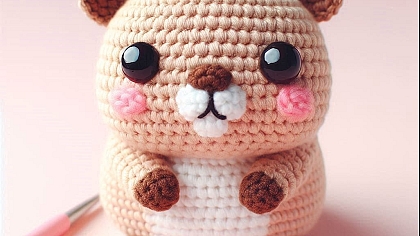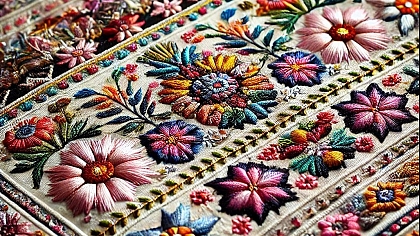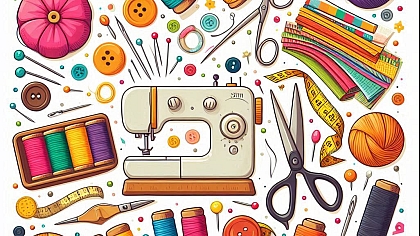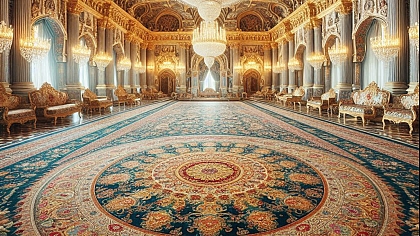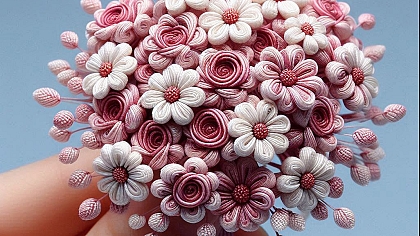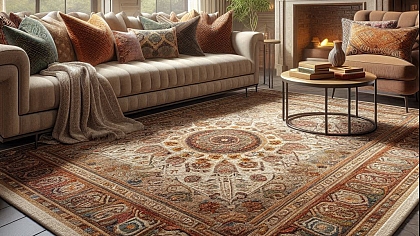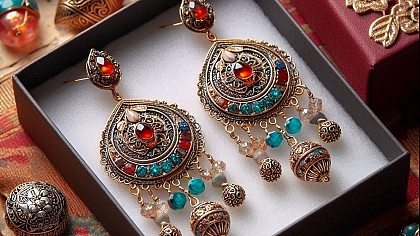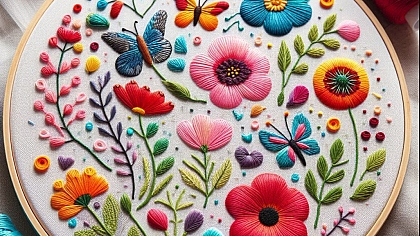
Knitting Techniques: Understanding Different Stitch Types
Knitting, a craft as ancient as civilization itself, offers a tapestry of techniques and stitches that can transform simple yarn into intricate and beautiful fabrics. Whether you're a seasoned knitter or a curious beginner, understanding different stitch types is fundamental to mastering this art form. Each stitch type has its own character and application, contributing to the versatility and expressiveness of knitted creations. Let's embark on a detailed exploration of various knitting stitches and techniques, delving into their unique qualities and how they can be employed to enhance your knitting projects.
The Foundation: Knit and Purl Stitches

At the heart of all knitting lies the knit and purl stitches. These two basic stitches form the foundation of countless patterns and techniques. The knit stitch, created by inserting the right-hand needle into the front of the loop on the left-hand needle and pulling the yarn through, produces a smooth, "V"-shaped texture. In contrast, the purl stitch, achieved by inserting the needle from the back of the loop and bringing the yarn forward, results in a bumpier, "pearl"-like surface.
Combining knit and purl stitches in various sequences allows for an array of textures and patterns. For instance, alternating rows of knit and purl stitches produce stockinette stitch, characterized by a smooth, even fabric on one side and a bumpy texture on the reverse. Conversely, working knit and purl stitches within the same row creates the classic garter stitch, renowned for its ridged appearance and elasticity.
Ribbing: Adding Elasticity and Structure
Ribbing is an essential technique in knitting, often used for cuffs, hems, and collars due to its elasticity and ability to conform to the body. It is achieved by alternating columns of knit and purl stitches. The most common forms are 1x1 ribbing (one knit stitch, one purl stitch) and 2x2 ribbing (two knit stitches, two purl stitches). This alternation creates vertical stripes that not only look attractive but also provide stretch and resilience.
The versatility of ribbing extends beyond basic applications. Fisherman’s rib, for example, is a variation that involves knitting into the stitch below, creating a thicker and more textured fabric with deeper, more pronounced ridges. This technique is ideal for projects requiring extra warmth and bulk, such as scarves and sweaters.
Lace: Crafting Delicate and Airy Patterns
Lace knitting introduces a touch of elegance and intricacy to knitted fabrics. This technique involves creating deliberate holes by using yarn overs and decreases to form patterns of open spaces and solid areas. Lace patterns can range from simple eyelets to elaborate motifs inspired by nature and geometry.
The key to successful lace knitting lies in mastering tension and stitch consistency. The yarn overs must be even, and the decreases need to be precise to maintain the integrity of the pattern. Charts are commonly used in lace knitting to provide a visual representation of the pattern, making it easier to follow complex designs. Lace knitting requires patience and attention to detail, but the results are truly rewarding, producing light, airy fabrics perfect for shawls, wraps, and delicate garments.
Cables: Adding Dimension and Texture
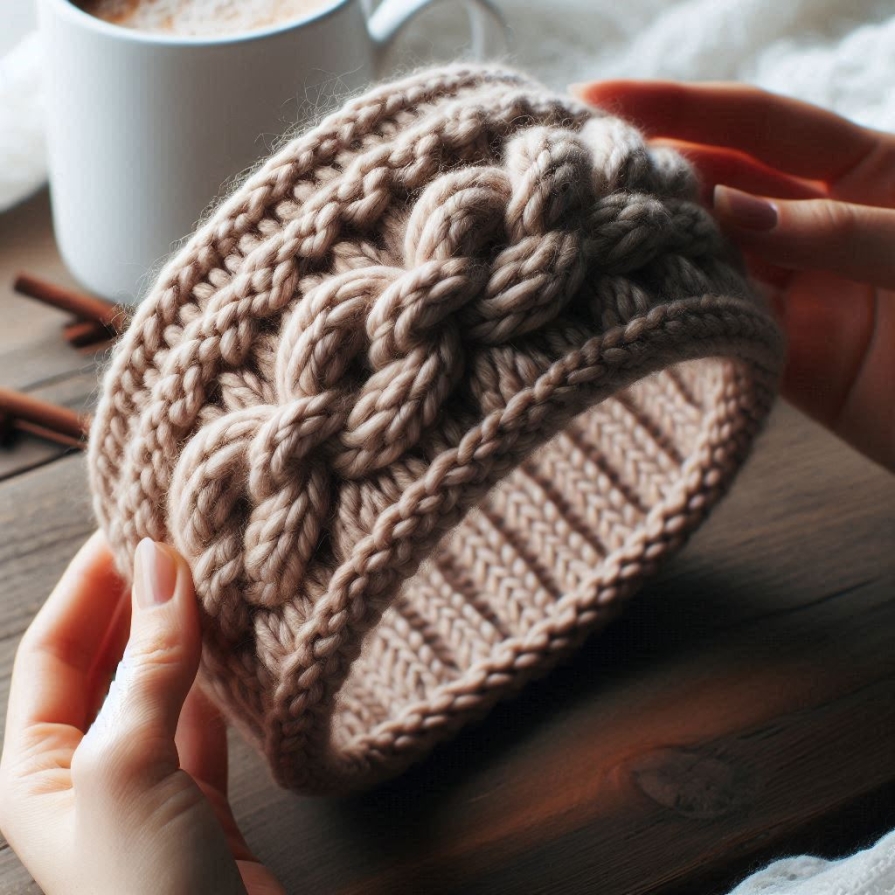
Cables add a striking, three-dimensional texture to knitted fabrics, creating intertwining patterns that mimic the look of twisted ropes. This technique involves temporarily transferring a set of stitches to a cable needle, holding them in front or behind the work, and then knitting the next set of stitches before returning to the held stitches. The direction in which the cable crosses (left or right) determines the twist's appearance.
Cable knitting can be as simple or as complex as you desire. Basic cables involve crossing a few stitches, while more intricate designs incorporate multiple crossings, varying stitch numbers, and even incorporating lace or ribbing elements. The result is a rich, textured fabric that adds depth and visual interest to sweaters, hats, and afghans.
Colorwork: Infusing Vibrancy and Patterns
Colorwork techniques introduce multiple colors into a single knitted piece, creating vibrant patterns and images. The two most popular methods are Fair Isle and intarsia.
Fair Isle knitting, originating from the Shetland Islands, involves carrying two colors of yarn across a row and alternating them to form patterns. The unused color is carried along the back of the work, creating floats. Managing floats and maintaining even tension are crucial to achieving a smooth, consistent fabric. Fair Isle is typically worked in the round to avoid purling and to maintain a consistent tension.
Intarsia, on the other hand, is used to create large blocks of color, often forming pictures or geometric designs. In intarsia, separate yarn bobbins or butterflies are used for each color section, preventing the floats seen in Fair Isle. This technique requires meticulous attention to yarn management to avoid tangling and to ensure clean color transitions.
Brioche: Creating Lush, Reversible Fabrics
Brioche knitting produces a thick, plush fabric with a ribbed appearance, and it is fully reversible, showcasing identical patterns on both sides. This technique involves a combination of knit stitches and yarn overs, worked in a way that creates a lofty, squishy texture. The basic brioche stitch uses a "brioche knit" (brk) and a "brioche purl" (brp), with yarn overs that are knit together with the following stitch.
Brioche can be worked in one color or multiple colors, with the latter option highlighting the fabric’s depth and complexity. When worked in two colors, the fabric displays a different dominant color on each side, adding to its visual appeal. While brioche knitting can be challenging due to its unique structure and terminology, the resulting fabric's lushness and versatility make it a favorite for scarves, hats, and blankets.
Mosaic Knitting: Simplifying Color Patterns

Mosaic knitting, developed by Barbara G. Walker, offers a simpler way to create intricate color patterns without managing multiple strands of yarn simultaneously. This technique uses slip stitches to incorporate different colors, with only one color worked per row. By slipping stitches from the previous row, you can form patterns and designs.
The beauty of mosaic knitting lies in its simplicity and efficiency. Since only one color is worked at a time, there are no floats to manage, and the tension remains consistent. This technique is particularly suited for geometric patterns and is an excellent way to introduce colorwork into your knitting projects without the complexity of stranded techniques.
Double Knitting: Crafting Reversible Patterns
Double knitting creates a reversible fabric with two layers of fabric interlocked together, each layer showing the opposite color pattern on the other side. This technique involves knitting each stitch twice, once with each color, which results in a thick, warm, and fully reversible fabric.
Double knitting requires understanding a specific set of techniques, including handling two yarns simultaneously and managing the unique stitch structure. The result is a beautifully crafted fabric that can feature intricate patterns and designs, making it perfect for scarves, hats, and blankets where both sides are visible.
Entrelac: Weaving Dimensional Patterns
Entrelac knitting creates a woven, basket-like appearance with interconnected squares or diamonds, giving the fabric a textured, dimensional look. This technique is achieved by knitting small blocks in a sequence that builds upon each other, often worked diagonally.
The entrelac method involves picking up stitches along the edges of previous blocks and knitting them in different directions. This creates a visually appealing pattern that looks more complex than it is. While entrelac can initially seem intimidating, breaking it down into its component blocks makes it manageable. The resulting fabric is striking and adds a unique texture to projects such as blankets, bags, and garments.
Slip Stitch Patterns: Adding Texture and Color
Slip stitch patterns are another method to add texture and color to your knitting without the complexity of managing multiple yarns simultaneously. This technique involves slipping stitches (passing them from one needle to the other without knitting them) while working the other stitches in the row. This can create elongated stitches, add color contrast, or form textured patterns.
Slip stitch patterns are particularly effective for creating mosaic designs, colorwork effects, and intricate textures. They offer a way to experiment with colors and textures in your knitting projects, making them ideal for everything from simple accessories to complex garments.
Finishing Techniques: The Final Touches
Understanding different stitch types is essential, but mastering finishing techniques is equally important to ensure your projects look polished and professional. Binding off, seaming, and blocking are critical steps in the knitting process.
Binding off secures the stitches and prevents unraveling, and there are various methods to achieve different edges. The basic bind-off is straightforward, but techniques like the stretchy bind-off or picot bind-off can add decorative elements.
Seaming involves joining pieces of knitted fabric together. The mattress stitch is a popular method for creating nearly invisible seams, making it ideal for garments. Other techniques, such as the Kitchener stitch, are used for grafting live stitches together, creating a seamless join.
Blocking is the final step, where the finished piece is washed and shaped to its final dimensions. Blocking evens out stitches, sets the fabric’s shape, and can significantly improve the drape and appearance of the finished project.
Embracing the Art of Knitting
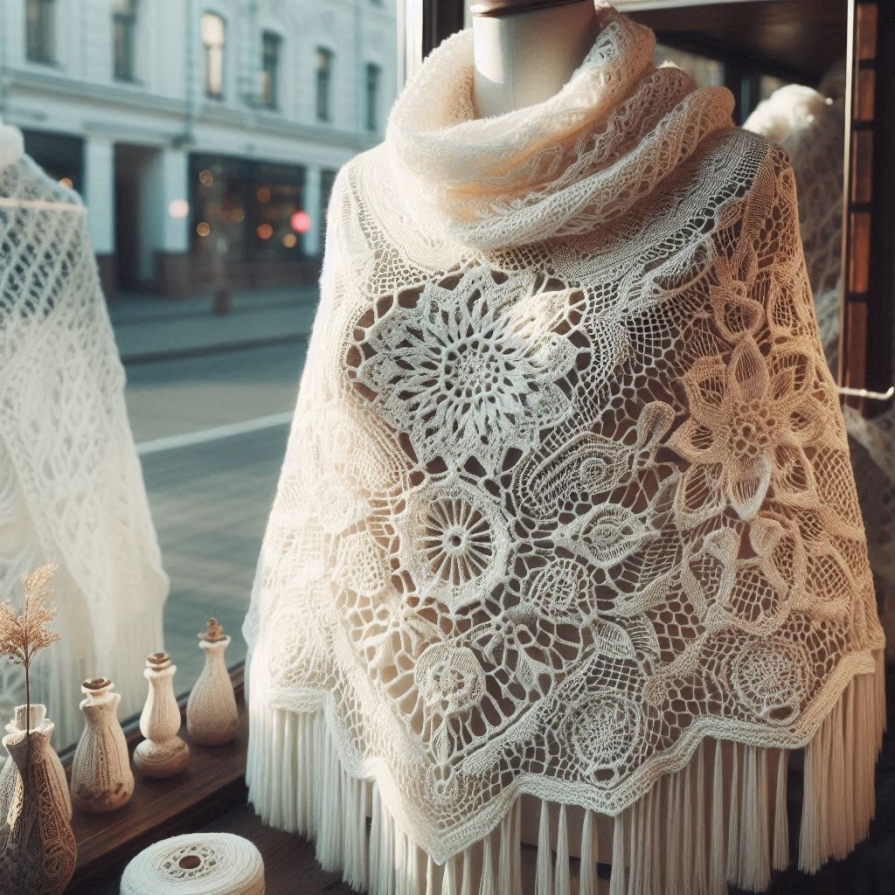
Knitting is an art form that offers endless possibilities through its diverse range of stitch types and techniques. From the foundational knit and purl stitches to the complexity of cables, lace, and colorwork, each technique adds its own unique touch to your creations. As you explore and master these stitches, you’ll discover the joy of transforming yarn into intricate, beautiful fabrics.
Embrace the journey of learning and experimenting with different stitches. Each project is an opportunity to refine your skills, express your creativity, and produce handmade treasures that reflect your personal style. Whether you’re knitting for warmth, fashion, or sheer enjoyment, understanding and mastering different stitch types will enhance your knitting experience and open up a world of possibilities in your craft. Happy knitting!

